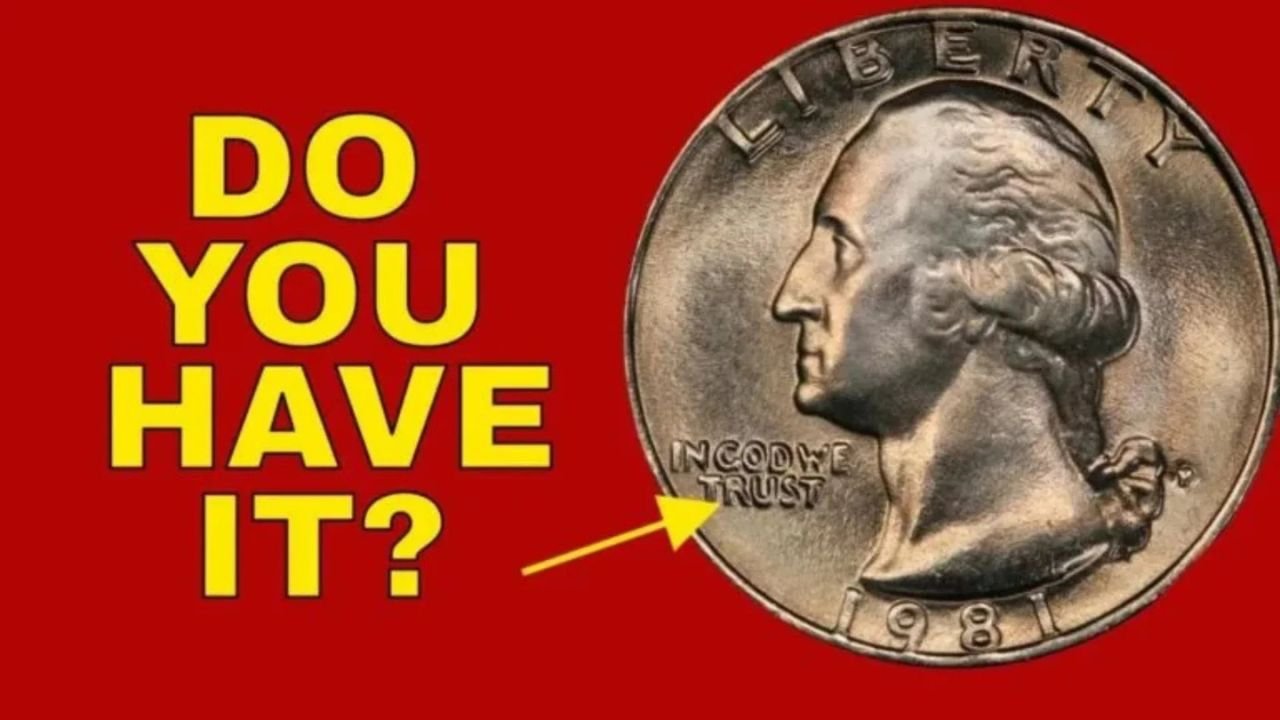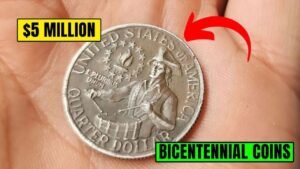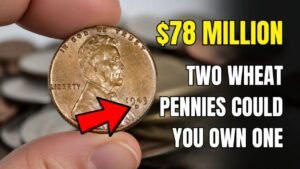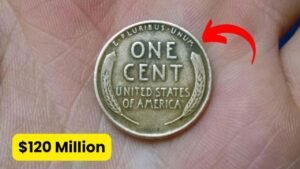Imagine paying for your coffee and realizing the quarter you just used could be worth thousands of dollars. Sounds unreal? It’s not. The 1976 Bicentennial Quarter, featuring the iconic “drummer boy” design, has become a collector favorite — and a few rare versions are now valued at astonishing prices. While most are only worth face value, some rare error or silver editions can fetch big money. Here’s how to tell if your pocket change holds a fortune.
What Makes the Bicentennial Quarter Special?
Released in 1976 to celebrate America’s 200th anniversary, this quarter stands out for its unique design and patriotic symbolism.
- Obverse (front): George Washington’s portrait.
- Reverse (back): A colonial drummer with a torch and 13 stars, designed by Jack L. Ahr.
- Dual Date: “1776–1976” — a reminder of the nation’s Bicentennial celebration.
While over 1.6 billion quarters were minted, only a small number were struck in 40% silver or contain rare minting errors, making them valuable to collectors today.
How to Identify a Valuable Bicentennial Quarter
Most quarters from 1976 are common, but these signs can indicate a treasure:
1. Silver Content
- Look for an “S” mint mark (San Francisco).
- These were made for collector sets and contain 40% silver.
- A quick weight test: silver quarters weigh about 6.25 grams, while regular ones are 5.67 grams.
2. Minting Errors
Rare mistakes during production can skyrocket a coin’s value:
- Doubled Die: Blurry or doubled text and images.
- Off-Center Strike: Design misaligned or partially missing.
- Missing Cladding: Copper color showing through.
3. Condition and Grade
Coins graded MS-65 or higher (mint state) by PCGS or NGC can bring premium prices — even without errors.
Value Guide: What Your Bicentennial Quarter Could Be Worth
| Type of Coin | Condition | Estimated Value | Notes |
|---|---|---|---|
| Regular Clad Circulation | Circulated | $0.25 – $1 | Common |
| Silver Proof (S-Mint) | PR-65 | $5 – $20 | From collector sets |
| Doubled Die Error | MS-63 | $500 – $2,000 | Rare variety |
| Off-Center Strike | AU-50 | $1,000 – $5,000 | Major misstrike |
| Full Doubled Reverse | MS-67 | $10,000 – $25,000 | Ultra-rare |
| Experimental Silver Clad | MS-68 | $50,000+ | Fewer than 10 known |
(Prices based on PCGS and Heritage Auctions data, 2025.)
Where to Find Rare Bicentennial Quarters
You don’t need to be a professional collector to start searching:
- Bank Rolls: Ask for unsearched quarter rolls.
- Vending Machines: Older ones may still dispense vintage coins.
- Garage or Estate Sales: Look for old coin jars or collections.
- Online Communities: Join groups like r/coins or Facebook coin forums to share finds and get advice.
Quick Tips to Protect and Store Your Coins
- Never clean coins — it can destroy their value.
- Store in coin flips or plastic cases to prevent scratches.
- Avoid humidity and sunlight.
- For high-value finds, get them professionally graded and slabbed for authenticity.
Frequently Asked Questions
Q1: Are all 1976 quarters valuable?
No — most are worth only 25 cents unless they’re silver or have an error.
Q2: How can I tell if my Bicentennial Quarter is silver?
Check for an “S” mint mark and a silver-colored edge (no copper stripe).
Q3: What’s the most valuable Bicentennial Quarter?
The rare experimental silver clad prototype — some have sold for over $50,000.
Q4: Can I find these in circulation today?
Yes! Many are still in jars, banks, and circulation. That’s what makes the hunt exciting.
Q5: Should I get my coin graded?
If it looks uncirculated or shows an error, yes — grading can confirm its authenticity and increase resale value.
Conclusion: Your Spare Change Could Make History
The Bicentennial Quarter isn’t just a piece of pocket change — it’s a slice of American history. While most are common, a lucky few can be worth thousands. So next time you empty your wallet or piggy bank, take a closer look. You might just uncover a hidden gem that turns 25 cents into a small fortune.
Happy coin hunting — and may luck (and luster) be on your side!




